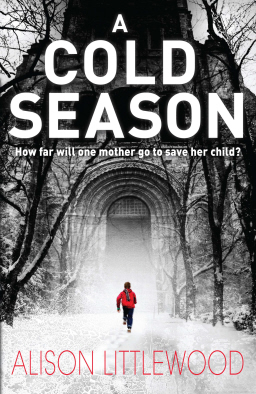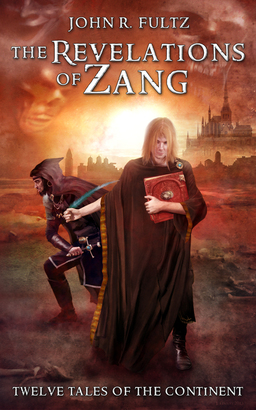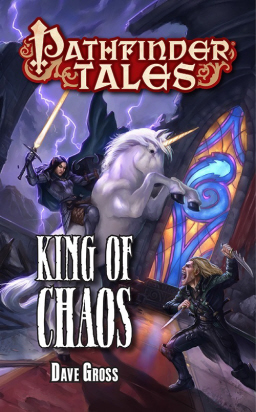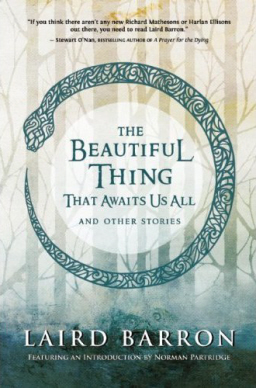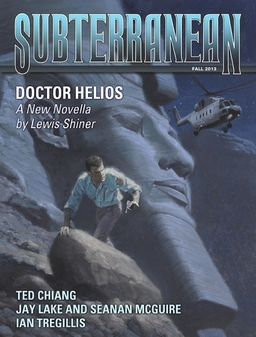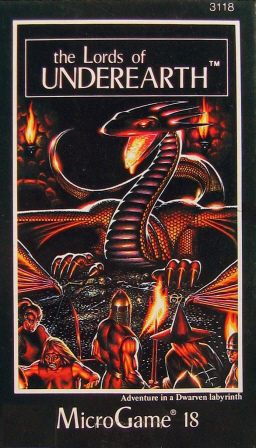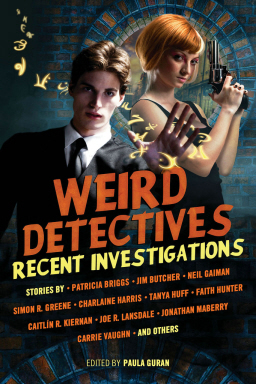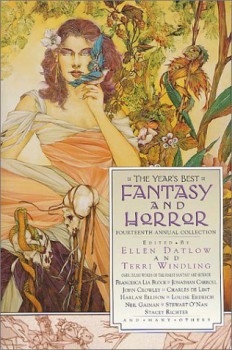 Science Fiction lost one of its brightest lights yesterday.
Science Fiction lost one of its brightest lights yesterday.
Frederik Pohl — award-winning writer, editor, agent, and fan — entered the hospital in Palatine, Illinois, in respiratory distress yesterday morning, and died that afternoon. He was 93 years old.
Pohl was one of the most important genre figures of the 20th Century. His first publication, at the age of 17, was the poem “Elegy to a Dead Satellite: Luna,” in the October 1937 issue of Amazing Stories. He followed it with over 200 short stories and dozens of novels, including the back-to-back Nebula Award winners Man Plus (1976) and Gateway (1977).
Pohl was equally lauded as an editor, starting with two pulp magazines, Astonishing Stories and Super Science Stories, in 1939 (when he was still a teenager). In the late 1950s, he took the helm at Galaxy and IF magazines as H.L. Gold’s health began to decline, and under his tenure IF won the Hugo for Best Professional Magazine in 1966, 1967, and 1968.
By the mid 70s, Pohl was editing novels at Bantam Books; his acquisitions were cover-labeled “A Frederik Pohl Selection,” a rare honor. They included Samuel R. Delany’s groundbreaking Dhalgren, Joanna Russ’s The Female Man, John Brunner’s Web of Everywhere, and many others.
Pohl was a fixture in the field; well-connected and respected, extremely hard-working, highly talented, and good at almost everything he did. I can’t count how many times I’ve mentioned his accomplishments here on the blog; just in the last few weeks, I commented on his successful collaborations with Jack Williamson and C. M. Kornbluth. Rich Horton, who has been examining vintage SF digests for us, recently reviewed the July 1961 issue of IF, in which Pohl officially became editor.
…
Read More Read More
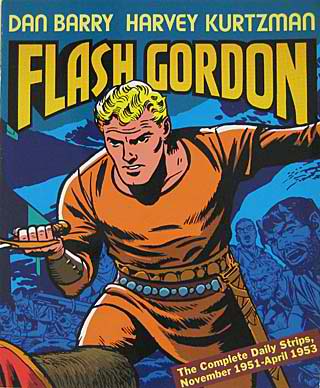
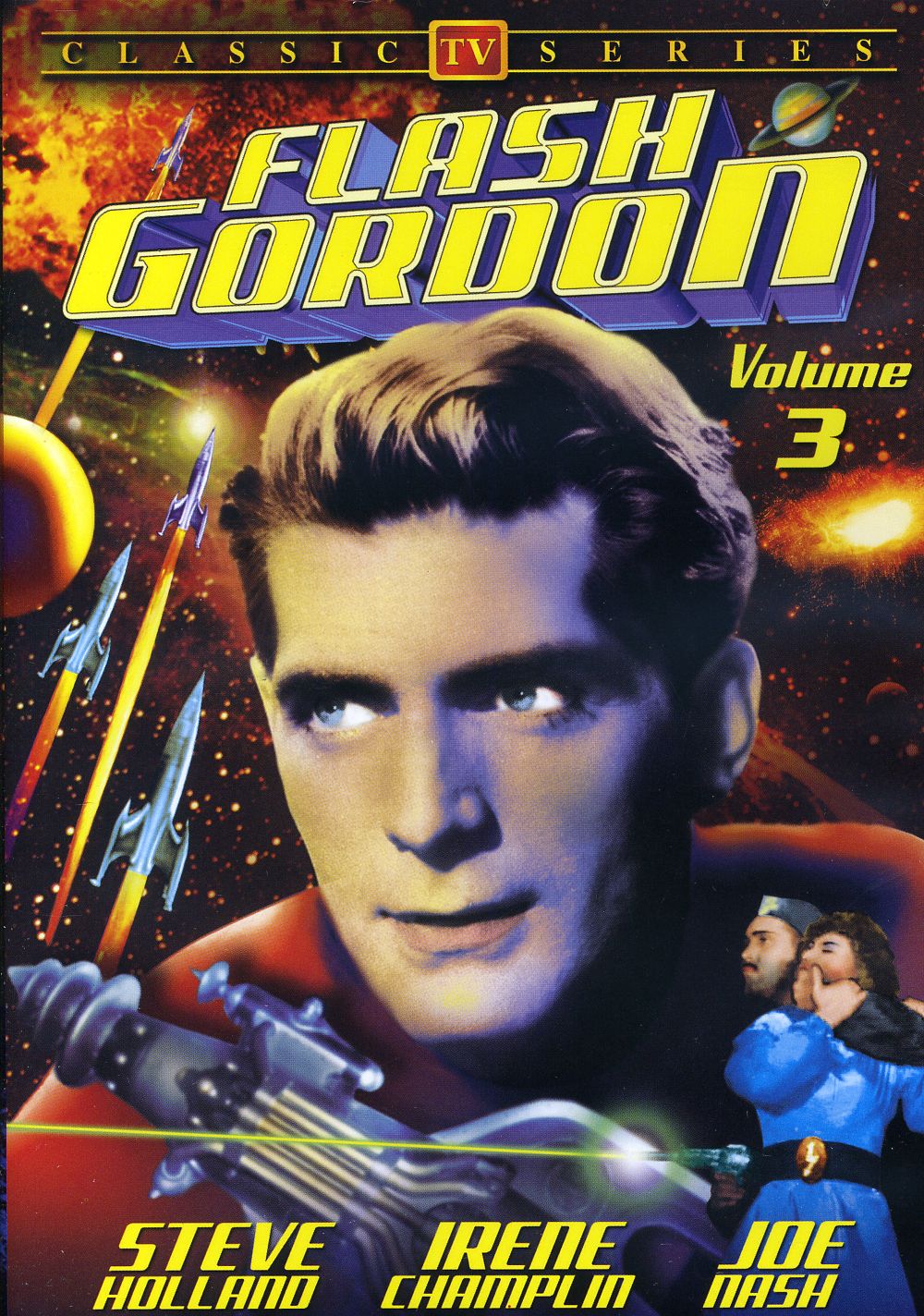 “Circea” by Dan Barry was serialized by King Features Syndicate from March 22 to May 29, 1954. This lighthearted story begins with Zarkov encouraging Flash to propose to Dale. Just as he starts to ask her to marry him, the gravity of the area around them is thrown off and Flash and Dale find themselves hurtling past the clouds while the oxygen grows rapidly thinner.
“Circea” by Dan Barry was serialized by King Features Syndicate from March 22 to May 29, 1954. This lighthearted story begins with Zarkov encouraging Flash to propose to Dale. Just as he starts to ask her to marry him, the gravity of the area around them is thrown off and Flash and Dale find themselves hurtling past the clouds while the oxygen grows rapidly thinner.